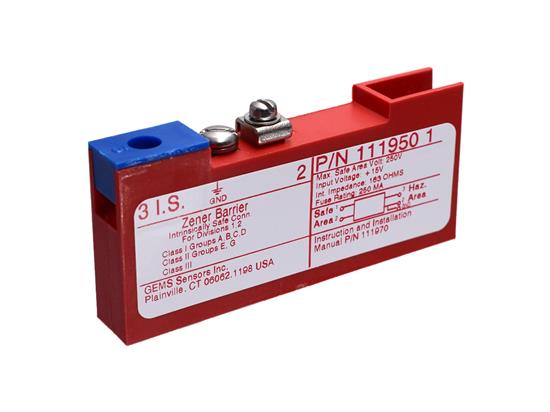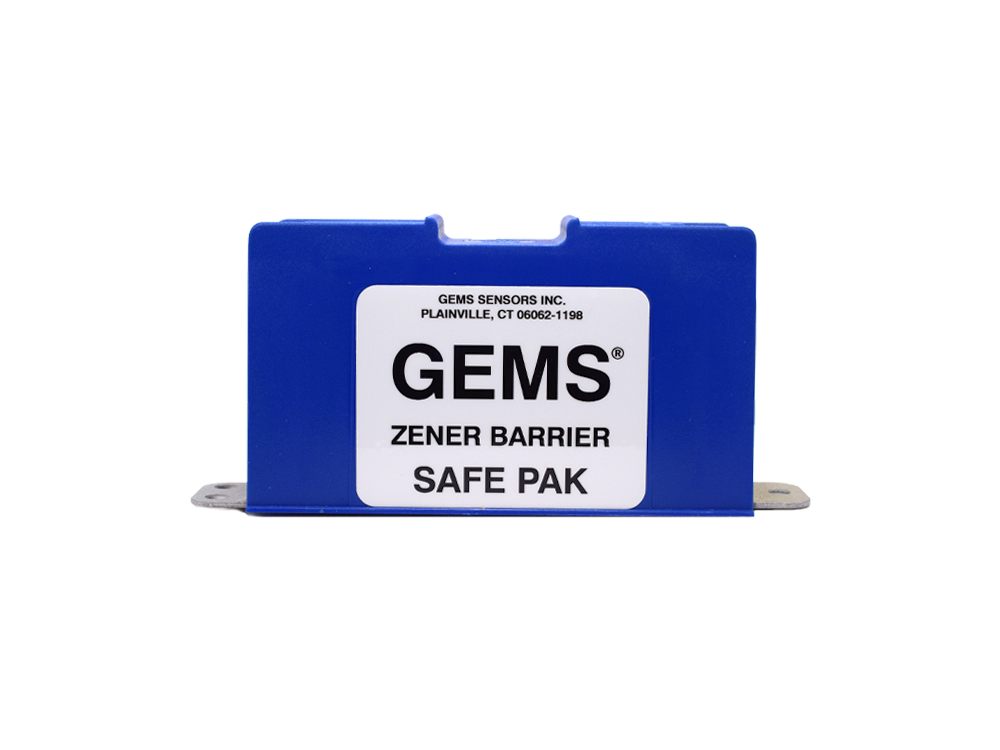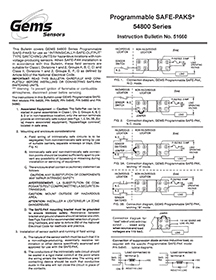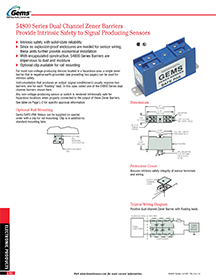
65800 Series Single Channel Zener Barrier
65800 Series units are exceptionally compact resulting in installation flexibility and simplification; especially in multiples on a common mounting plate. They provide great economy as well since no explosion-proof enclosures are needed for sensor...
 SEARCH OUR RESOURCE CENTER
SEARCH OUR RESOURCE CENTER






